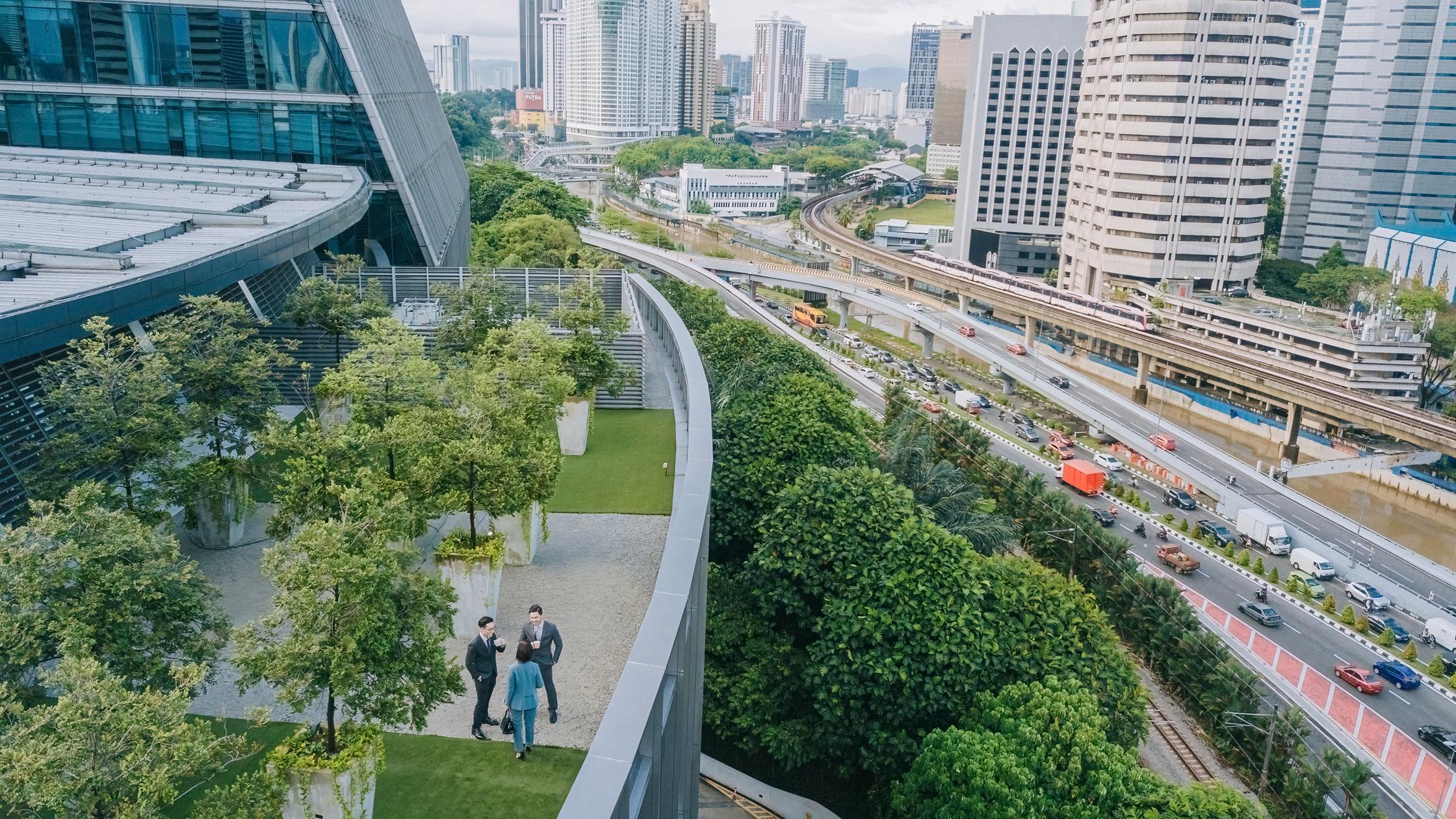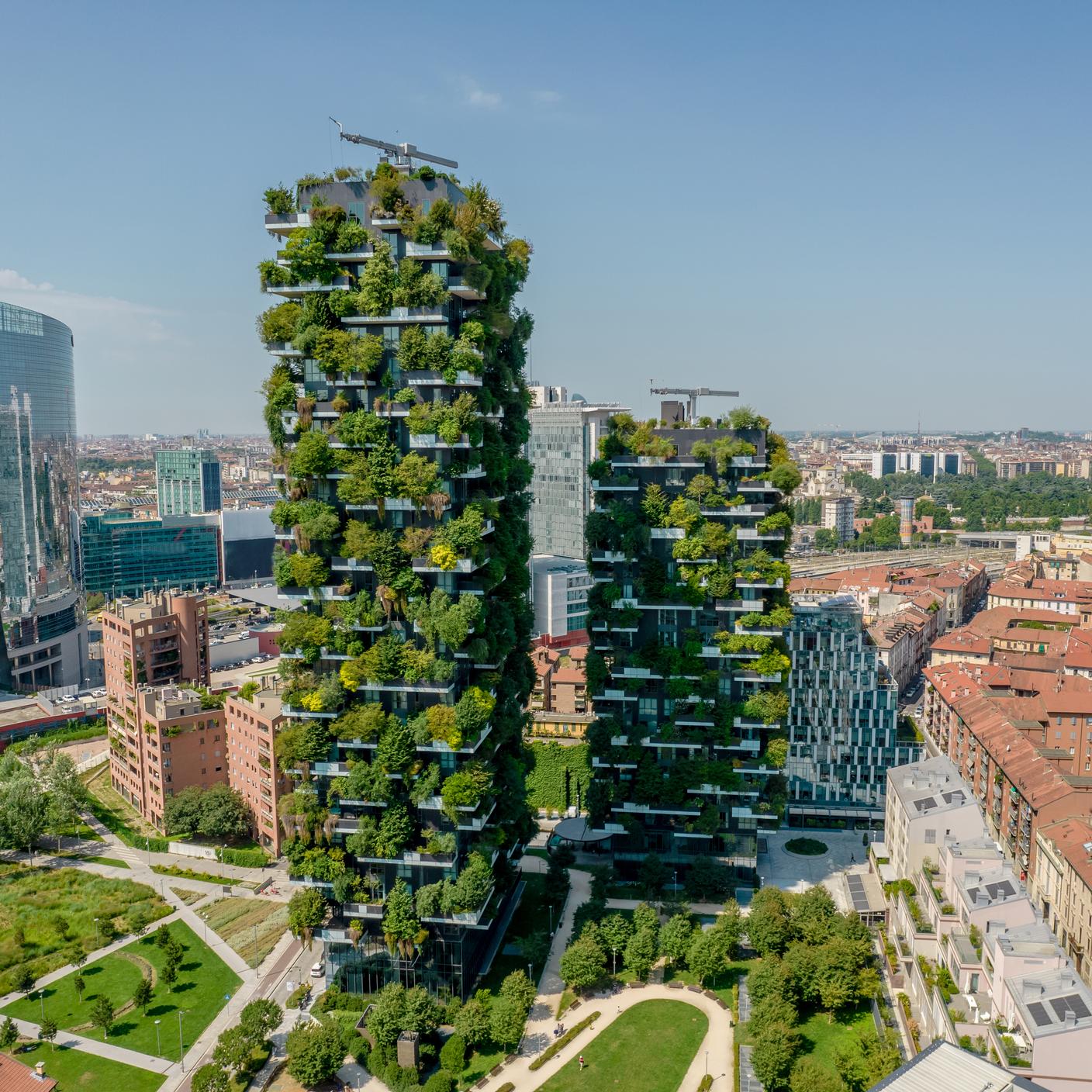To take action at scale and become more sustainable, organizations need the right expertise.
We partner and collaborate with an international network of climate experts to provide best practice solutions for climate action on the road to net zero.
Suggested region and language based on your location
Your current region and language
Is your organization ready for the journey to net zero and to take climate action?

Accelerating progress towards a more sustainable world is key to achieving the ambition of net zero by 2050.
This means building an understanding of best practice, innovating and collaborating to scale global climate change mitigation and adaptation efforts.

To take action at scale and become more sustainable, organizations need the right expertise.
We partner and collaborate with an international network of climate experts to provide best practice solutions for climate action on the road to net zero.
British Sugar is one of the biggest and most efficient sugar processors in the world.
“By verifying our CO2 emissions, BSI has helped us demonstrate our commitment to sustainability and build trusted relationships with customers.”
We partner with clients to deliver end-to-end solutions that help you move from climate ambition to climate action.
Get in touch
We are committed to providing our clients with impartial and independent certification services. Because of this, we are not able to provide management system or product consultancy services and certification services to the same client where there may be a conflict of interest. This message will appear as a reminder on future visits to our site.
We are committed to providing our clients with impartial and independent certification services. Because of this, we are not able to provide management system or product consultancy services and certification services to the same client where there may be a conflict of interest. This message will appear as a reminder on future visits to our site.
We are committed to providing our clients with impartial and independent certification services. Because of this, we are not able to provide management system or product consultancy services and certification services to the same client where there may be a conflict of interest. This message will appear as a reminder on future visits to our site.
We are committed to providing our clients with impartial and independent certification services. Because of this, we are not able to provide management system or product consultancy services and certification services to the same client where there may be a conflict of interest. This message will appear as a reminder on future visits to our site.

We're a signatory and supporter of the UN Global Compact sustainability network and subscribe to all UN Sustainable Development Goals.

CO2e saved when BSI delivered of 100,000 days remotely in 2020.
Find out moreWe are a participant of the UN Global Compact and are proud to support its principles.
Find out moreManaging carbon emissions is crucial, but there's a bigger picture - building a more sustainable future is something that goes beyond climate change.
More about BSIAs your organization makes the transition to net zero, our experts and here to help with best practice advice and end-to-end solutions.
